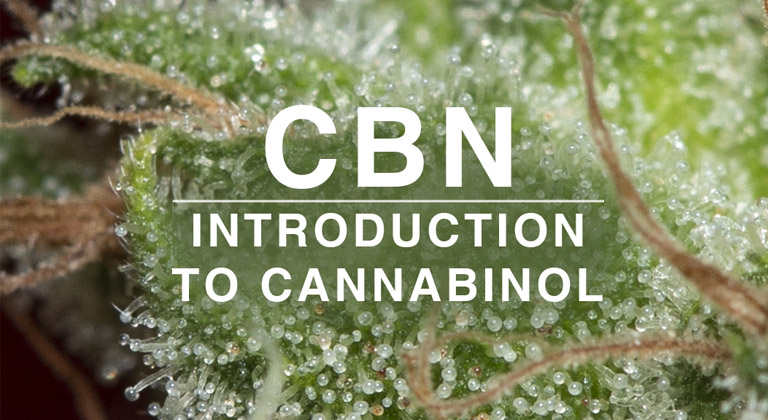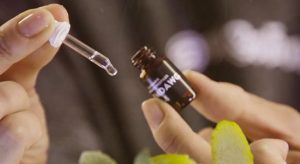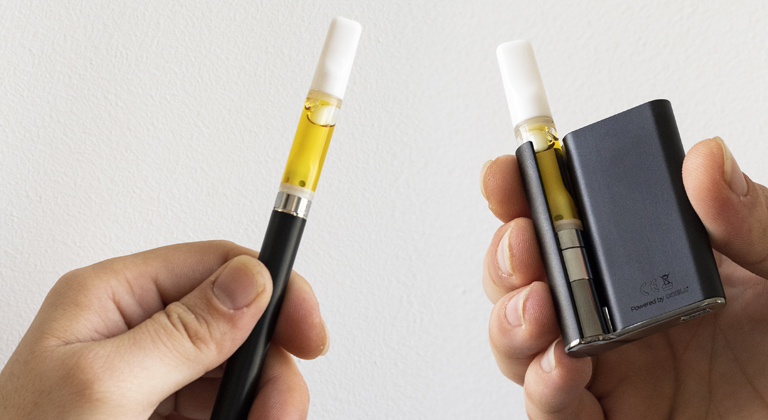Have you ever heard about CBN (Cannabinol)? Do you know what effects it produces? How much of it can be found in cannabis plants? How is it created?
Discover all of this and more in the following post.
What is CBN and How is it Made?
CBN is one of the main cannabinoids found in the composition of cannabis plants. It does not produce any type of psychoactive effect and it’s created when THC degrades. This is why large amounts of CBN or Cannabinol can be found in older cannabis flowers (that have been stored for long amounts of time) or in the buds of plants that have been harvested after their ideal harvesting date.
This happens because, unlike other cannabinoids, CBN isn’t synthezied via cannabigerolic acid (CBGA), but rather, when THC degrades.
In fact, cannabis rich in CBN is considered to produce narcotic effects, which is why some growers decide to leave their plants for a bit longer in order to achieve a more sedating effect that makes it easier to sleep.
What are CBN’s Effects and Properties?
Unfortunately, there are still a limited amount of studies regarding this cannabinois. While THC and CBD have been researched quite a lot, cannabinol still remains to be explored. However, there are some that think CBN could be a great ally in therapeutic settings. Here are some of its properties:
Neuroprotector
Some cannabinoids such as CBD have been shown to possess useful properties for treating neurodegenerative illnesses such as Alzheimer’s or multiple sclerosis.
THC can also be used for such purposes, although its psychoactive effect could also impede certain prolonged treatments, as it can cause some unwanted side effects in patience.
A study done on rats showed that CBN (a cannabinoid with no psychoactive effects) has potential for treating multiple sclerosis. The studiy determined that after 12 weeks of administering this cannabinoid to rats, the illness was delayed. This finding merits additional, more in depth studies in the field of CBN.
Pain and Inflammation
Another study done in 2011 showed that CBN could possibly intervene in inflammatory and pain receptors due to their interaction with the “third receptor” in the endocannabinoid system, which is called TRPA1.
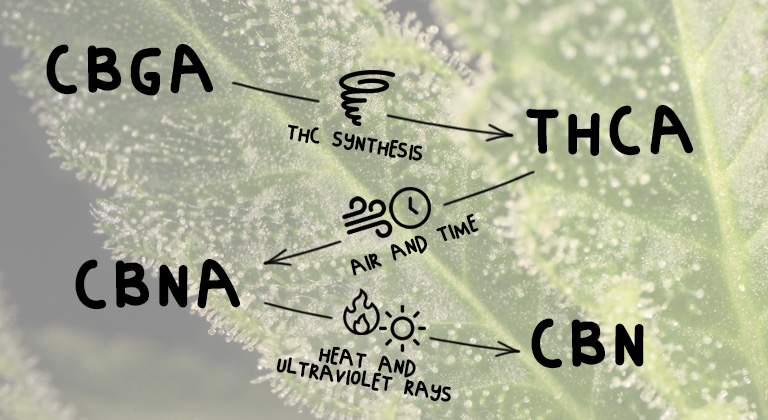
Antibacterial
Due to the improper use of antibiotics as well as other factors have created certain strains of bacteria that are resistant to medicine. In order to find a solution to this problem, a group of scientists decided to explore the properties of some cannabinoids (including CBN) regarding the issue.
The results of the study showed that CBN can be efficient at getting rid of certain strains that have become resistant to conventional treatments. This finding opens a door to the possibility that CBN could be used to produce products used to treat certain bacterial infections.
Appetite Stimulant
Many consumers know the effects that of THC edibles, although not everybody enjoys the psychoactive effects produced by this cannabinoid. This is why CBN could be an alternative for stimulating appetite without producing any psychoactive effects.
A study done on rats focused on studying the effects of both CBN and CBD as an appetite stimulant, and the conclusions were quite interesting. It seems that CBN stimulates the appetite while CBD actually inhibits it. Both results are quite interesting and can be used for different issues, as these cannabinoids don’t produce any psychoactive effects and can be efficiently used in therapeutic settings.
Efficient at Treating Glaucoma
A study done on rabbits also found that CBN, just like THC, can be a great ally in treating glaucoma as it reduces intra-ocular pressure.
CBN with CBD; a Recipe for Pain Relief
Cannabinoids can produce various effects when found on their own or combined with other cannabinoids or terpenes. When these compounds work better together by increasing each other’s effects it’s called the entourage effect.
CBD and CBN have one thing in common, as we were saying above, and that’s the fact that they don’t produce any type of psychoactive effect. This is why a group of scientists decided to research these two cannabinoids together as a treatment for muscle pain.
The conclusion was found that CBD and CBN when administered on an intra-muscular level can reduce pain. This can be highly useful for those that suffer from chronic pain such as fibromyalgia, helping to improve their quality of life. This is also combined with the fact that these cannabinoids don’t produce any type of significant side effects.

Can CBN Cause Sleepiness?
The most popular belief regarding CBN is that it produces a narcotic effect, which is why it’s not that strange to hear growers say that older cannabis can put you to sleep, but how true is this theory?
Science seems to contradict this. A study done using people in order to understand the effects of THC and CBN, tried these two cannabinoids with patients in three different ways:
- THC on its own.
- THC and CBD together.
- Only CBN.
The patients in this study state the following:
- They felt no effects when consuming CBN on its own.
- They felt the following when consuming THC: “drugged” and drowsy.
- The participants state that when they received both cannabinoids together (CBN + THC) they experienced the same effects as with THC but heightened.
This investigation suggest that CBN might actually contribute to causing drowsiness, but not on its own, rather by increasing the narcotic effects produced by THC.
Therefore, it’s reasonable to say that the theory that CBN has sedative effects is due to the fact that older cannabis also contains THC, and the larger amount of CBN increases the effects of THC and provokes a narcotic sensation.

Terpenes and the Sedative Effects of CBN
However, that’s not all; beyond the connecting with THC, CBN’s narcotic effect could also have another cause; terpenes.
According to the neurologist and researcher Ethan Russo, even though CBN on its own isn’t particularly narcotic, it is found in larger amounts in cannabis flowers that were harvested a long time ago; buds in which monoterpenes have evaporated and the remaining sesquiterpenes are known for having more sedating effects.
More research is necessary in order to determine the possibility of combining CBN with certain terpenes in order to achieve an effect that can produce drowsiness. This could be useful for patients that don’t use cannabis as they don’t do well with the effects produced by THC.
It’s because of discoveries such as these that we need to put more emphasis on investigating these cannabis compounds. Cannabinoids such as CBN or terpenes such as Myrcene (which produces sedating effects), as well as the various benefits of combining terpenes and cannabinoids, are still left undiscovered.
Could it be that we’re missing out on a world of therapeutic properties that could help millions of people across the world? Probably. Luckily, the number of studies researching the compounds in cannabis and their useful medicinal benefits is increasing.
We’ll do our best to keep posting useful information regarding terpenes and much more. Stay tuned!
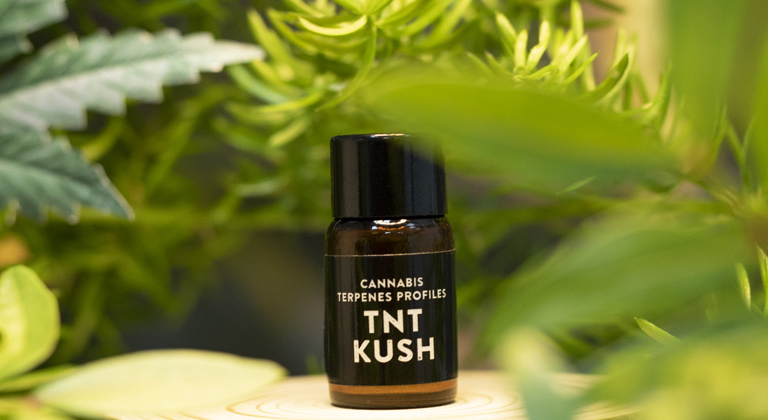
Cali Terpenes

